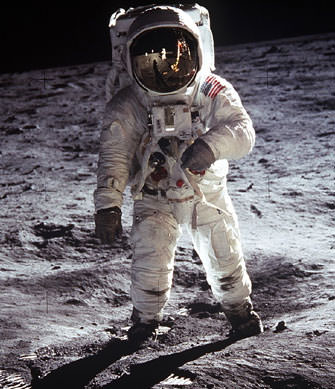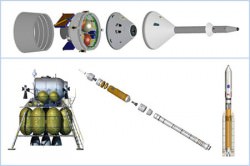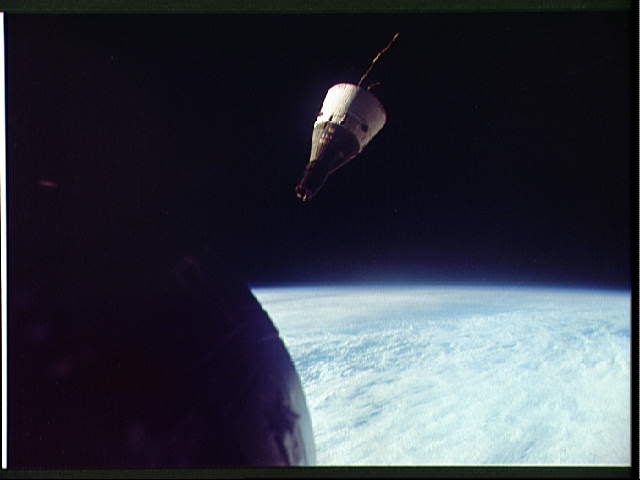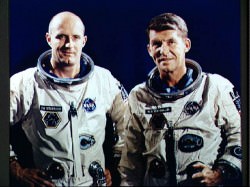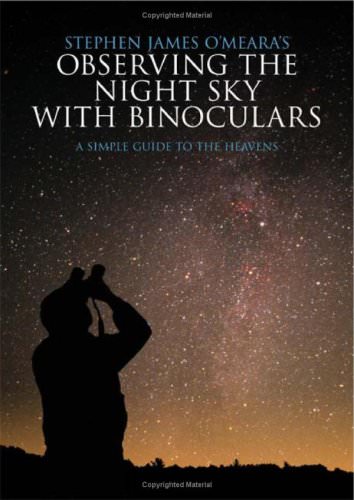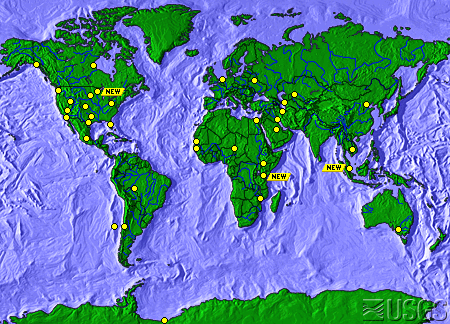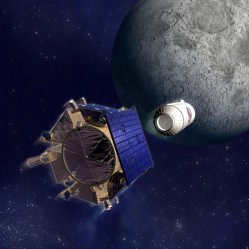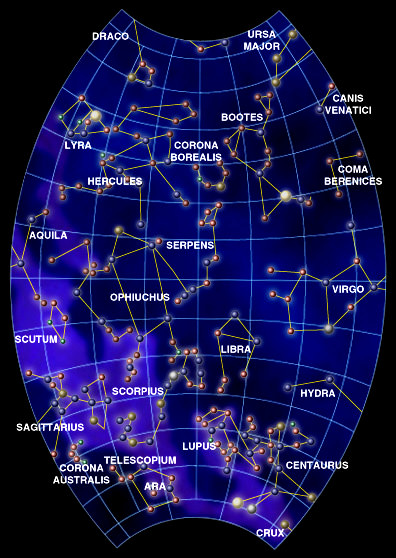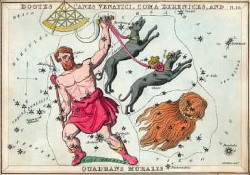[/caption]
Two papers in the journal Nature this week come down on opposite sides of the question about whether Saturn’s moon Enceladus contains a salty, liquid ocean.
One research team, from Europe, says an enormous plume of water spurting in giant jets from the moon’s south pole is fed by a salty ocean. The other group, led out of the University of Colorado at Boulder, contends that the supposed geysers don’t have enough sodium to come from an ocean. The truth could have implications for the search for extraterrestrial life, as well as our understanding of how planetary moons are formed.
The Cassini spacecraft first spotted the plume on its exploration of the giant ringed planet in 2005. Enceladus ejects water vapor, gas and tiny grains of
ice into space hundreds of kilometers above the moon’s surface.
The moon, which orbits in Saturn’s outermost “E” ring, is one of only
three outer solar system bodies that produce active eruptions of dust
and vapor. Moreover, aside from the Earth, Mars, and Jupiter’s moon
Europa, it is one of the only places in the solar system for which
astronomers have direct evidence of the presence of water.
The European researchers, led by Frank Postberg of the University of Heidelberg in Germany, are reporting the detection of sodium salts among the dust ejected in the Enceladus plume. Postberg and colleagues have studied data from the Cosmic Dust Analyzer (CDA) onboard the Cassini
spacecraft and have combined the data with laboratory experiments.
They say the icy grains in the Enceladus plume contain
substantial quantities of sodium salts, hinting at the salty ocean
deep below.
The results of their study imply that the concentration of sodium chloride in the ocean can be as high as that of Earth’s oceans and is about 0.1-0.3 moles of salt per kilogram of water.
But the Colorado study suggests a different interpretation.
Nicholas Schneider, of CU-Boulder’s Laboratory for Atmospheric and Space Physics, and his colleagues say high amounts of sodium in the plume should give off the same yellow light that comes off street lights, and that the world’s best telescopes can detect even a small number of sodium atoms orbiting Saturn.
Schneider’s team usied the 10-meter Keck 1 telescope and the 4-meter Anglo-Australian telescope, and demonstrated that few if any sodium atoms existed in the water vapor. “It would have been very exciting to support the geyser hypothesis. But it is not what Mother Nature is telling us,” said Schneider.
One suggested explanation for the contrasting results, said Schneider, is that deep caverns may exist where water evaporates slowly. When the evaporation process is slow the vapor contains little sodium, just like water evaporating from the ocean. The vapor turns into a jet because it leaks out of small cracks in the crust into the vacuum of space.
“Only if the evaporation is more explosive would it contain more salt,” he said. “This idea of slow evaporation from a deep cavernous ocean is not the dramatic idea that we imagined before, but it is possible given both our results so far.”
But Schneider also cautions that several other explanations for the jets are equally plausible. “It could still be warm ice vaporizing away into space. It could even be places where the crust rubs against itself from tidal motions and the friction creates liquid water that would then evaporate into space,” he said.
“These are all hypotheses but we can’t verify any one with the results so far,” said Schneider. “We have to take them all with, well, a grain of salt.”
Lead photo caption: Image of Enceladus from Cassini. Credit: NASA/JPL/Space Science Institute
Sources: Press releases from CU Boulder and the University of Leicester, via Nature and Eurekalert (a news service through the American Association for the Advancement of Science).


